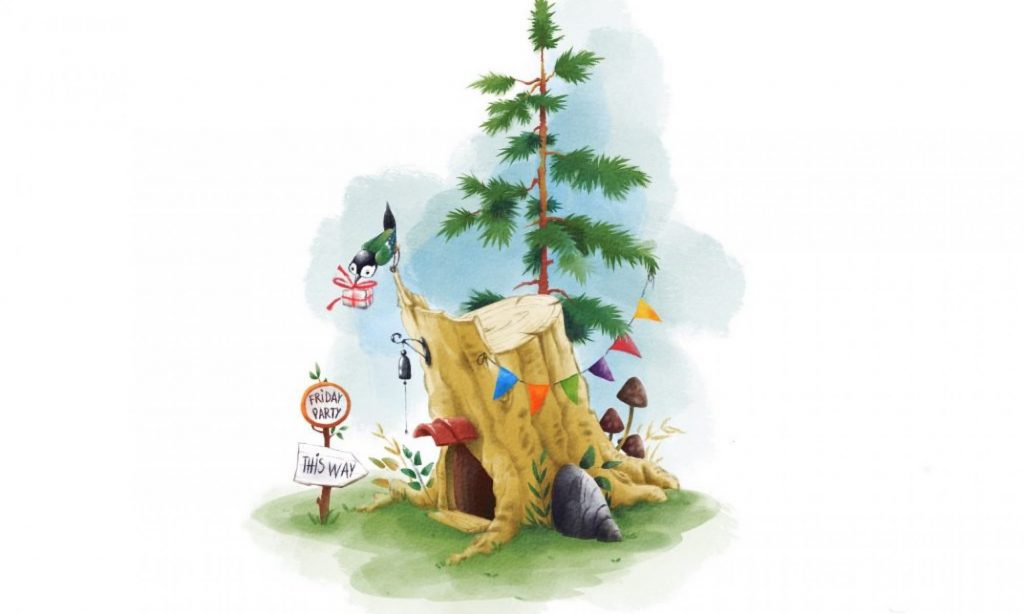To my amazement, I came across animated short film The Man Who Planted Trees (1987) this week, and I was immediately swept away by almost poetical beauty of this work.
The film directed by Canadian animator Frederic Back, well known for his scrupulous, airy cinematic works, won Academy Award in 1988 for the Best Animated Short Film and competed for other festivals.

The Man Who Planted Trees is based on the short novel by French author Jean Giono (wiki link) with the same name, that first published in 1953. It tells the story of a young man, the narrator, who hiking through a desolate and windy provincial valley and old villages in the Alps and met a solitary shepherd named Elzeard Bouffier. The shepherd lives a quiet life and… planting trees every day. The narrative takes us over four decades, through two world wars, following the life paths of both the narrator and the Bouffier.
The most that fascinated me, of course, is a beauty of simple, tranquil pencil drawings. Minimalistic faded hues of sepia-toned colour at the beginning of the film, showing broken villages and catching the bleakness of the surrounded environment with rocks and poor weeds lashed by a bitter wind, and people without hope.


And the latter half of the narrative, we see utterly different aesthetic; when brown and grey give way to rich, plentiful colours and frames finally blossomed, bringing lavishness and spectacle to all they touche. Each next scene gradually turns brighter, the animation becomes more sophisticated, highlighting the return of hope, peace and rebirth of the area. And at this point, Black’s visuals strongly reminded me of classic pointillism and impressionists such as Monet and Sisley.

It is worth to mention that watching how shapes and visuals morphing through the animation from one picture to another making almost dream-like sequences, I recall so much of two much-beloved animators Yuri Norstein and Aleksandr Petrov. Same as these masters, Back, by using traditional tools, coloured pencils and crayons, conveys chances, visualise movements and life in his works. Mastering animation over the years, he transforms the great story into the film that entrancing to watch over and over again.


